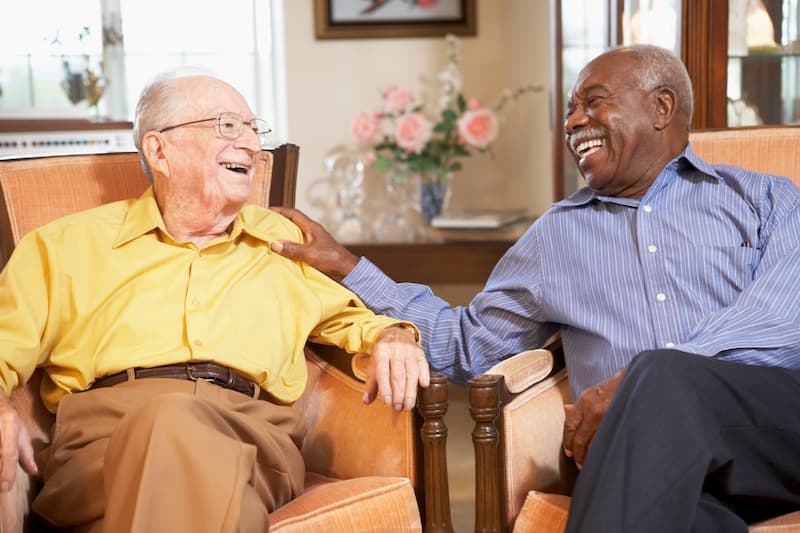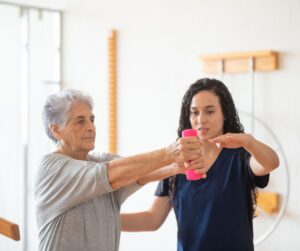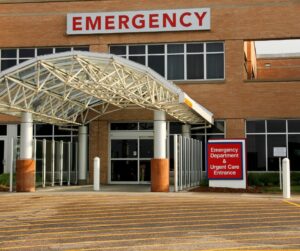Affordable Health Care – Is There Such a Thing?
By Tim Mitchell, Fund Development Coordinator, Senior Care Partners P.A.C.E.
In a newspaper article in a small southern community, a gentleman by the name of Jimmy was recently highlighted. Not for any great heroic deed, but because he has been caught in a financial struggle in his golden years. Ideally, at Jimmy’s age of 78, one would think he would be spending his days reading stories to his grandchildren, fishing with friends or possibly having lunch with a local senior group.
But Jimmy’s story is not based on the ideal retirement. Instead, it is based on the reality for millions of seniors across our country. While he has almost completed seven full decades of life, he is still working week after week. It’s something he says he has to do to pay his medical bills.
After being diagnosed with lung cancer over two years ago, thankfully today he is in remission and back to work. He said he has had to spend at least $10,000 a year on medical costs related to his treatment, even though he’s on Medicare.
Jimmy said, “My wife and I had it planned. She would retire at 62 and I would retire at 65. Then she fell and hurt herself at work and we went through what money she had in her 401(k) to help pay the bills and to live.” He went on to say, “Thank God I’m still able to work. If I couldn’t, I don’t know what I’d do.”
Unfortunately, this is a scenario that is repeated over and over among the senior population. In fact, Americans 65 and older are increasingly having more financial hardships related to health care. The days of employers funding insurance costs for retired workers is nearly non-existent in today’s world.
According to the Social Security Administration, in 2018, 63 million Americans received approximately $1 trillion in Social Security benefits and more than 60% of retired workers count on their Social Security benefits to comprise at least half of their monthly income during retirement. Many seniors already have difficulty making ends meet and, without that income, they would be in much worse financial trouble.
Fidelity Investments estimates that a 65-year-old couple retiring in the current year will need to have $275,000 to cover their healthcare and medical expenses throughout retirement. Statistically, almost one-quarter of U.S. seniors did not go to a doctor in the past year when they were sick, didn’t get a recommended test, or didn’t fill a prescription because they couldn’t afford it. 22% of seniors spent $2,000 or more on out-of-pocket costs during the past year and 25% of seniors said they worried about having the money to buy food, pay rent, pay for heat and electricity, and still pay for medical care.
Research from the Kaiser Family Foundation shows that health care costs represent a growing burden for many Medicare recipients and are projected to eat up even more of their income over time. More than one-third of traditional Medicare beneficiaries spent at least 20% of their income on out-of-pocket health care costs to pay for premiums, deductibles, and copays as well as dental, long-term care and other non-covered costs. For those 85 and older, these out-of-pocket costs jumped to 41% of their Social Security income.
What is the answer to this growing trend?
At a 2015 event in Washington, DC, commemorating the 50th anniversary of Medicare and Medicaid, Andy Slavitt, acting administrator of the Centers for Medicare & Medicaid Services (CMS), discussed a recent visit to On Lok Lifeways in San Francisco, a PACE (Program of All-inclusive Care for the Elderly) center, and said, “On Lok is part of a very important program called PACE. Places like On Lok really impress me. When I visit them, I feel like I’m glimpsing very much into our future.”
Slavitt was suggesting that the future of healthcare for older adults will likely be based on the PACE model. Senior Care Partners P.A.C.E., with locations in Battle Creek and Kalamazoo, is a Program of All-inclusive Care for the Elderly, currently serving over 450 seniors in Calhoun, Kalamazoo, eastern Van Buren, southeastern Allegan, and southern Barry Counties.
In the PACE model, most participants have no out of pocket expenses for their medical care, including prescriptions. This program is helping to significantly alleviate the financial burden of healthcare costs for over 45,000 PACE participants throughout the country.
Through the Senior Care Partners P.A.C.E. program, participants can expect to receive care from an entire team of medical professionals who work together to provide an integrated plan of care that is personalized to each participant. The healthcare team consists of medical doctors, physician assistants, nurse practitioners, registered nurses, physical therapists, occupational therapists, dieticians, personal care assistants, home care workers, social workers and chaplains. All of these services are provided at one location and transportation is provided to and from the center. Again, most participants receive these services with no out of pocket expense.
https://seniorcarepartnersmi.org/contact/To learn how Senior Care Partners P.A.C.E. may be able to help alleviate the high cost of healthcare for you or a family member, please contact us at (269) 441-9319 or contact us online.







